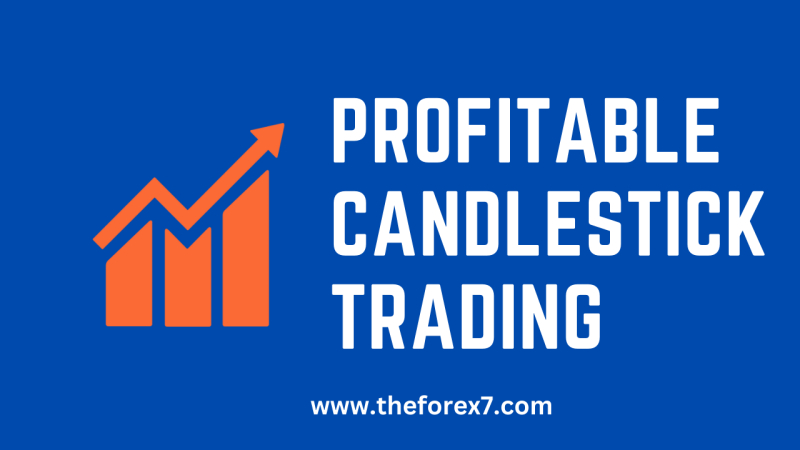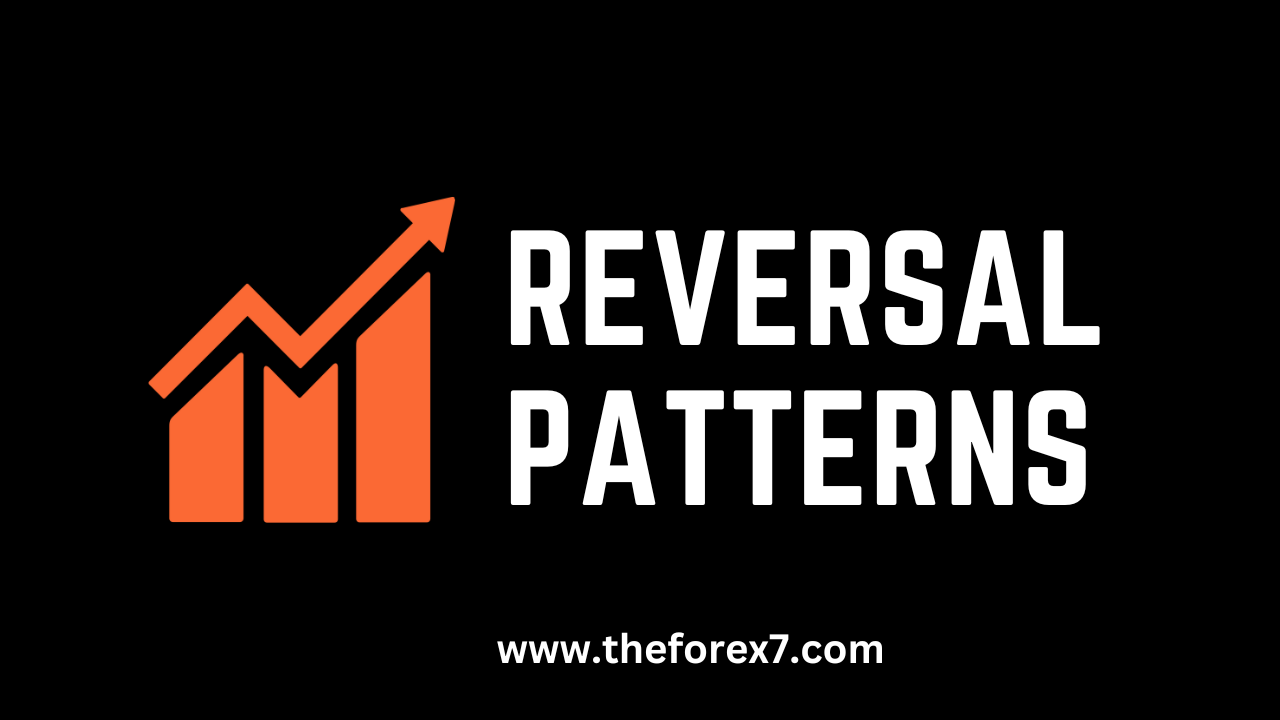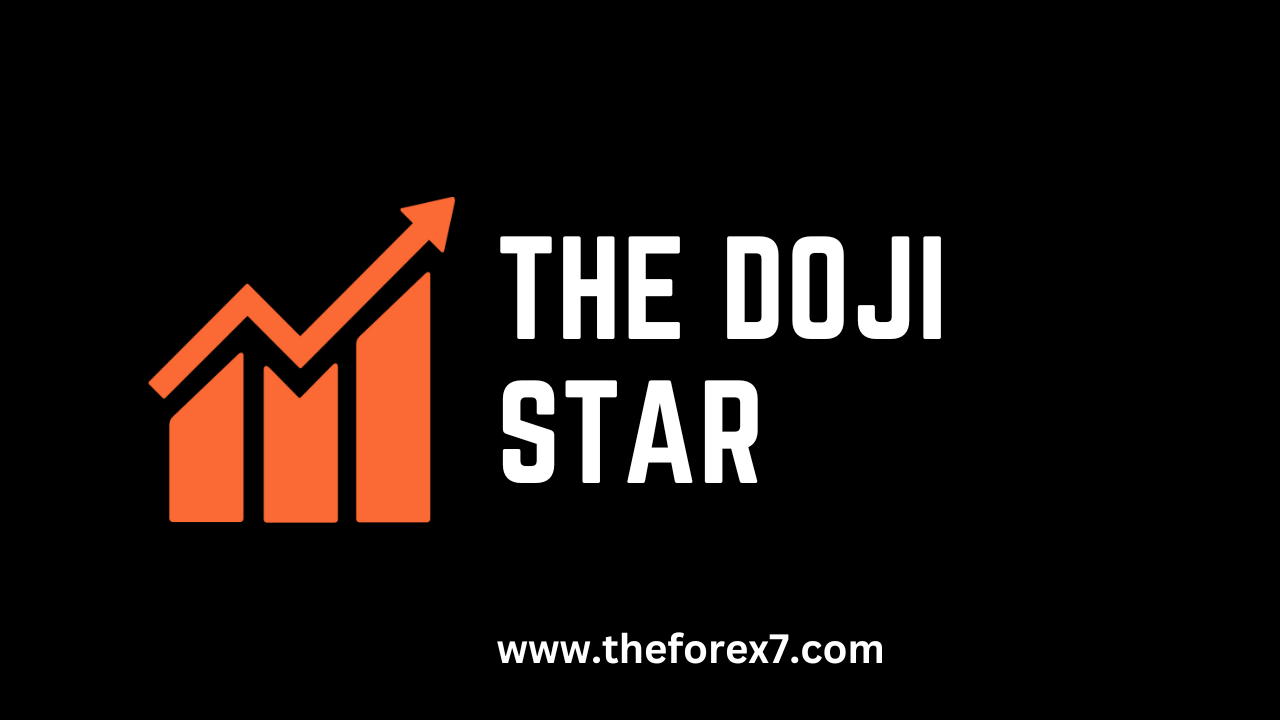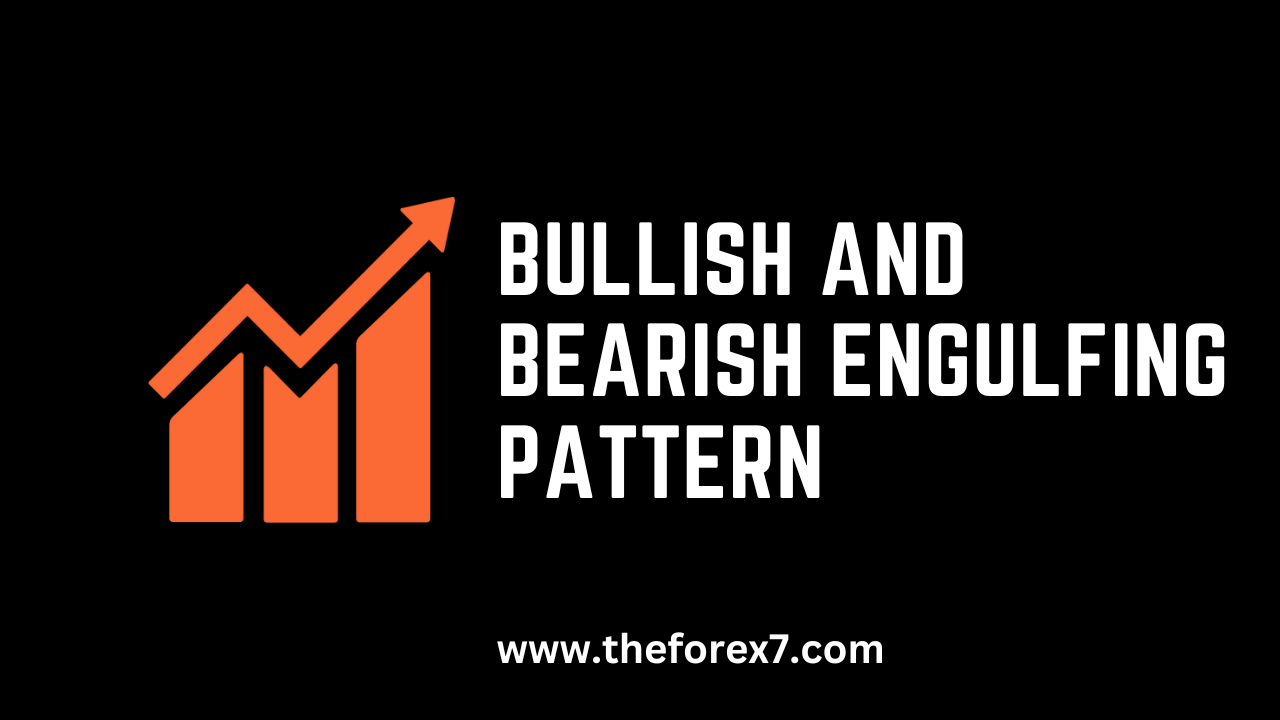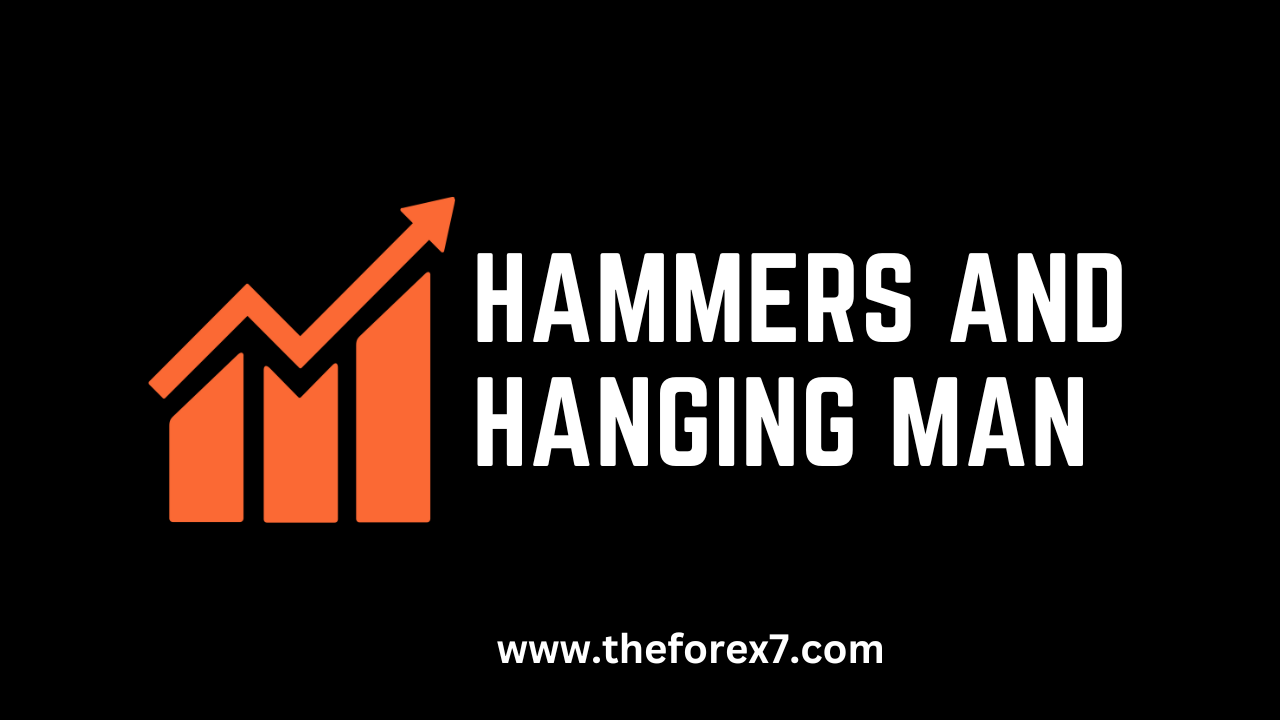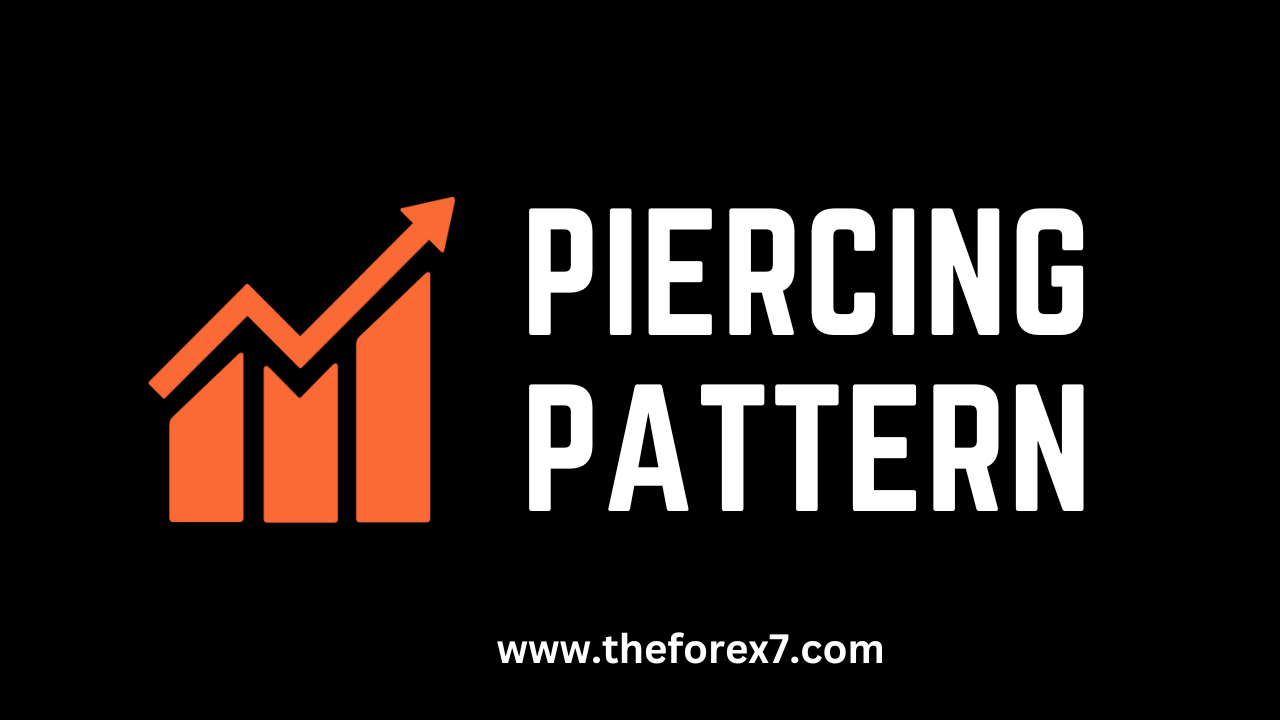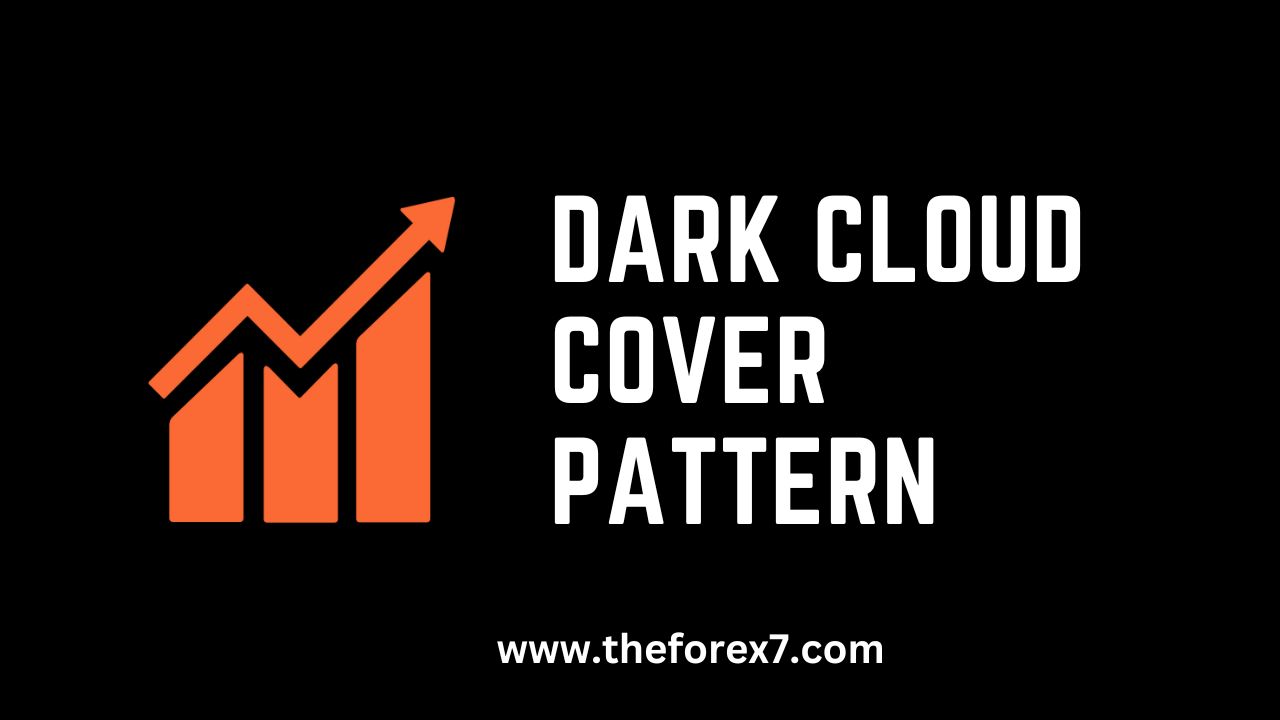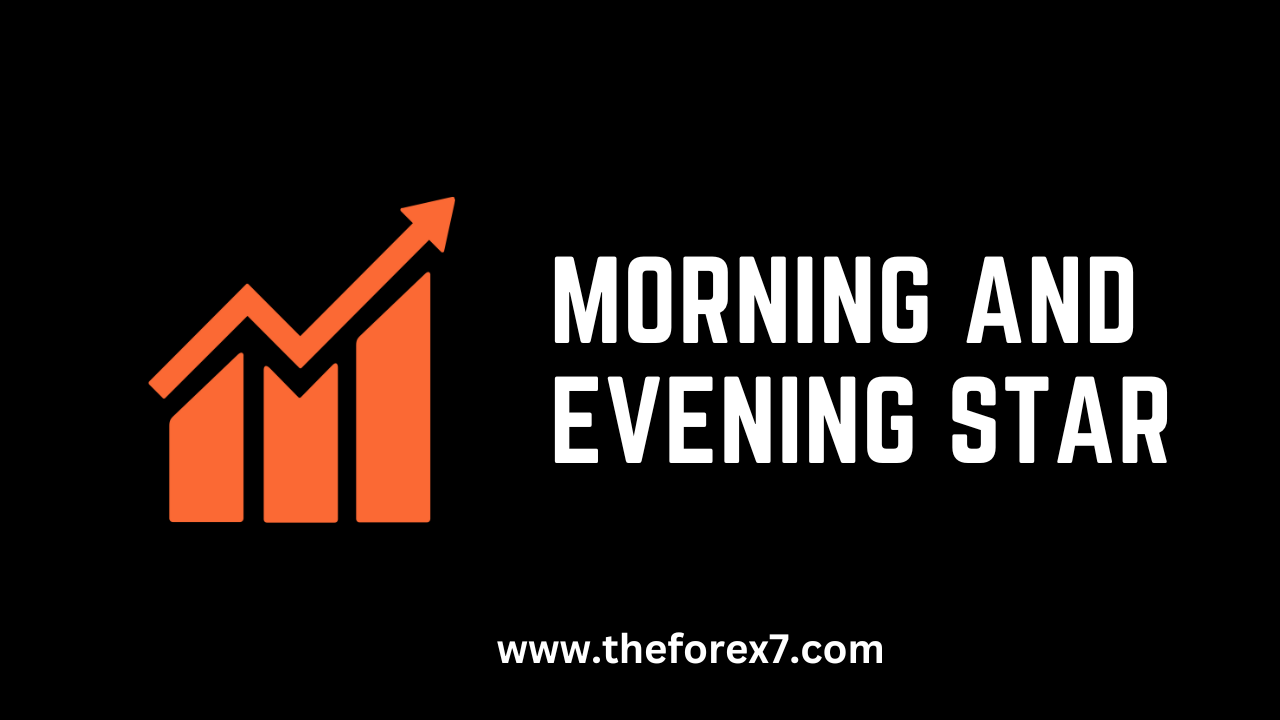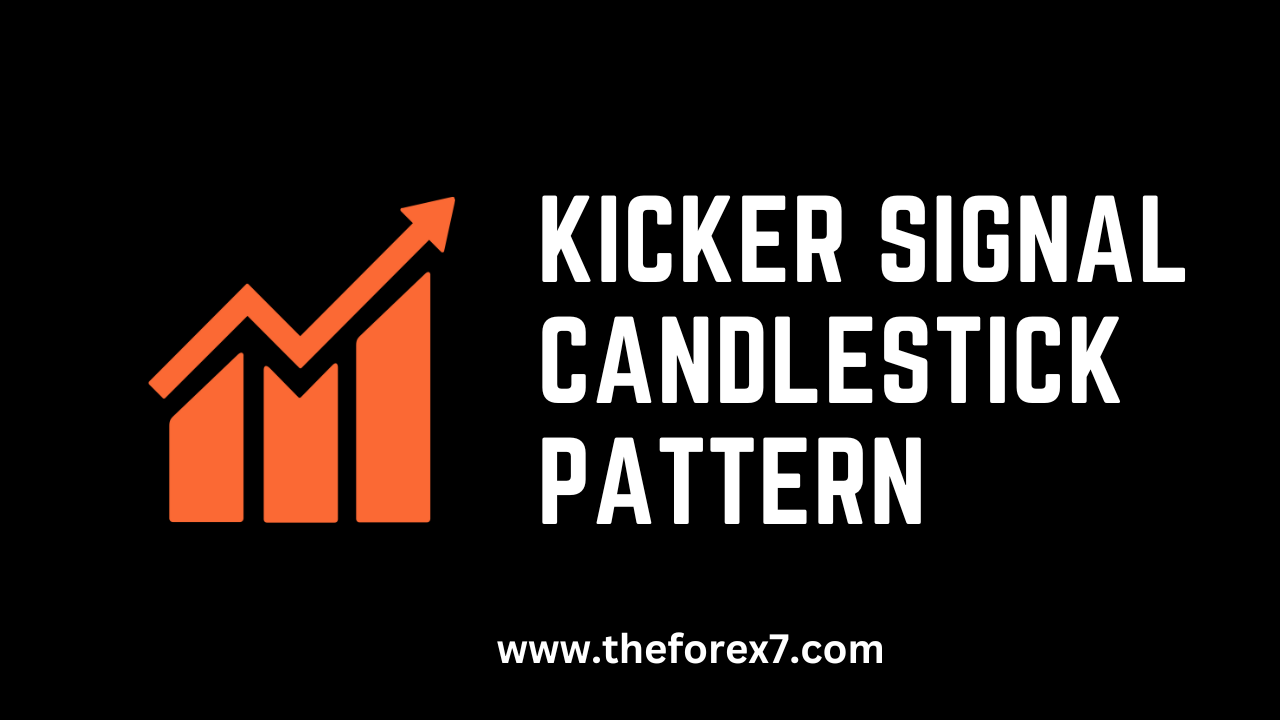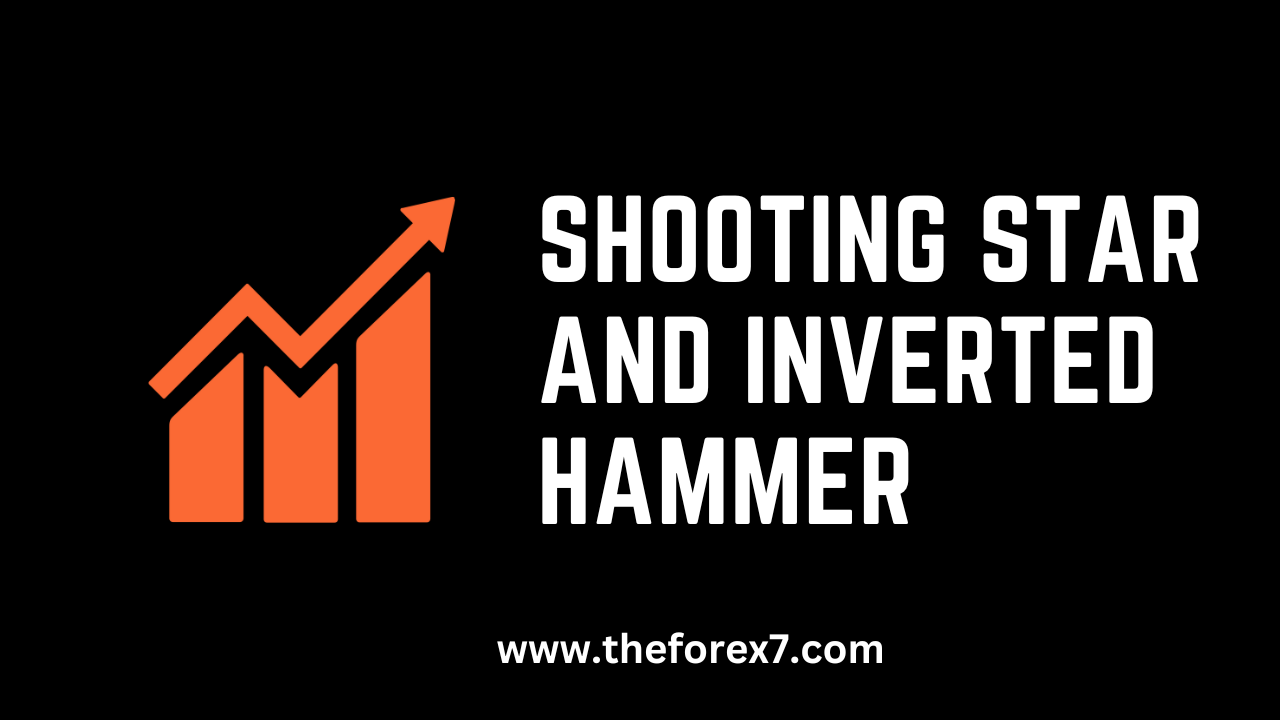Basics of Stochastics and Formula
Stochastic oscillator, Divergence, Moving averages, Trading range, Trendlines, Support/resistance levels
Course: [ PROFITABLE CANDLESTICK TRADING : Chapter 2: The Reversal Patterns ]
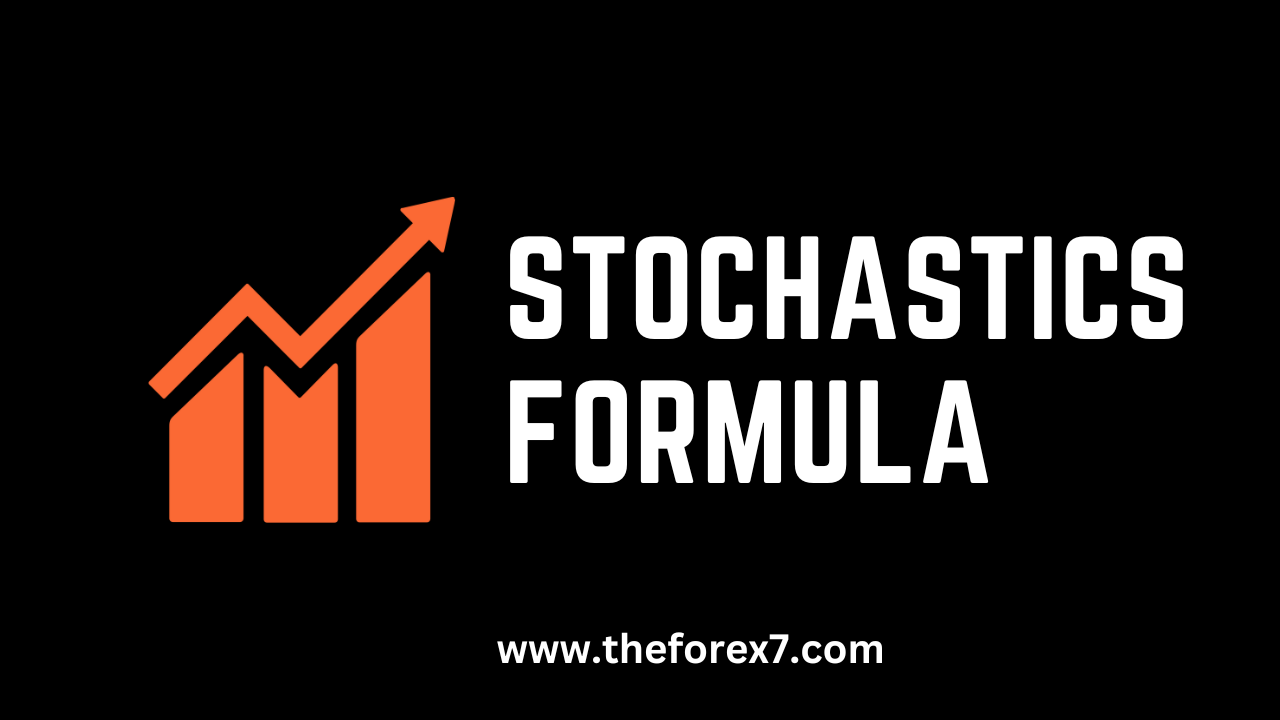
The Stochastic oscillator is a technical analysis indicator that measures the momentum of price movements. It uses a scale to measure the price movements of an asset in a given time period. The Stochastic oscillator is useful for identifying overbought and oversold conditions in the market.
STOCHASTICS
Before
going into the description of the signals, an explanation of stochastics is in order.
The effectiveness of Candlestick signals is greatly enhanced when buy signals
occur in oversold situations and sell signals appear in over-bought situations.
The best indicators for establishing overbought and oversold criteria are the
stochastics. Stochastics were developed many years ago by George Lane. They are
oscillators that measure the relative position of the closing price compared to
the daily trading range. Simply stated, where is the close relative to the
range of prices over the last x trading periods?
Stochastics
are a function of some simple observations. Closing prices have a tendency to
close near the higher end of a daily trading range as an uptrend gains
strength. Conversely, closing prices close near the lower end of a daily
trading range as a decline picks up strength. At market turns, for example,
when a trend is about to reverse, going from up to down, the daily highs get
higher but the closing price settles near the lower end of the day's trading
range. This makes stochastics unique from most oscillators. Most oscillators
are normalized representations of relative strength, the difference between the
close and the current trend.
As
will be explained later, %D is calculated by applying a simple three-day
moving average of the %K. Stochastics, as a straight trading indicator, are
most effective when %D and %K cross, preferably in the extreme areas on a grid
of 0 to 100 (overbought is 80 or higher, oversold is 20 or lower). However,
when used in combination with the Candlestick signals, the signal will be
viable when the stochastics are in the extreme ranges. %D and %K crossing is
more effective, but the signal itself pinpoints when the turn has occurred.
Stochastics Formula
%K
is considered the RAW stochastic or the FAST stochastic. It is the more
sensitive between the two, %K and %D. The %K formula is

Close = current price
Low
of P = low of the range during the period used High of P = high of the range
during the period being used
PROFITABLE CANDLESTICK TRADING : Chapter 2: The Reversal Patterns : Tag: Candlestick Pattern Trading, Forex : Stochastic oscillator, Divergence, Moving averages, Trading range, Trendlines, Support/resistance levels - Basics of Stochastics and Formula
